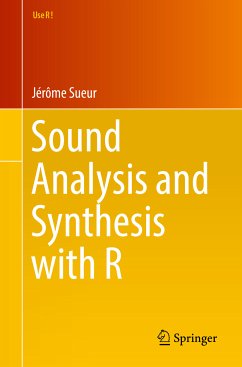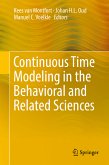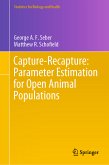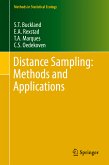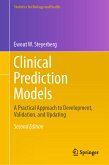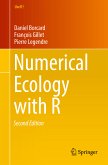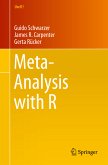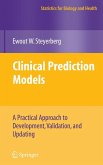Sound is almost always around us, anywhere, at any time, reaching our ears and stimulating our brains for better or worse. Sound can be the disturbing noise of a drill, a merry little tune sung by a friend, the song of a bird in the morning or a clap of thunder at night. The science of sound, or acoustics, studies all types of sounds and therefore covers a wide range of scientific disciplines, from pure to applied acoustics. Research dealing with acoustics requires a sound to be recorded, analyzed, manipulated and, possibly, changed. This is particularly, but not exclusively, the case in bioacoustics and ecoacoustics, two life sciences disciplines that attempt to understand and to eavesdrop on the sound produced by animals. Sound analysis and synthesis can be challenging for students, researchers and practitioners who have few skills in mathematics or physics. However, deciphering the structure of a sound can be useful in behavioral and ecological research - and also very amusing.
This book is dedicated to anyone who wants to practice acoustics but does not know much about sound. Acoustic analysis and synthesis are possible, with little effort, using the free and open-source software R with a few specific packages. Combining a bit of theory, a lot of step-by-step examples and a few cases studies, this book shows beginners and experts alike how to record, read, play, decompose, visualize, parametrize, change, and synthesize sound with R, opening a new way of working in bioacoustics and ecoacoustics but also in other acoustic disciplines.
This book is dedicated to anyone who wants to practice acoustics but does not know much about sound. Acoustic analysis and synthesis are possible, with little effort, using the free and open-source software R with a few specific packages. Combining a bit of theory, a lot of step-by-step examples and a few cases studies, this book shows beginners and experts alike how to record, read, play, decompose, visualize, parametrize, change, and synthesize sound with R, opening a new way of working in bioacoustics and ecoacoustics but also in other acoustic disciplines.
Dieser Download kann aus rechtlichen Gründen nur mit Rechnungsadresse in A, B, BG, CY, CZ, D, DK, EW, E, FIN, F, GR, HR, H, IRL, I, LT, L, LR, M, NL, PL, P, R, S, SLO, SK ausgeliefert werden.
"This is a stand-alone, foundational work synthesising a large amount of research on bioacoustics, signal processing and signal synthesis techniques. It provides a powerful tool which could be broadly used not only by bioacousticians but also by researchers in related fields, for instance, human acoustics, music perception, etc. ... Any scholar performing work on acoustics, particularly students and diverse researchers interested in exploring animal communication by sound and vibration, will enjoy this book. ... it is highly recommended for library collections." (Fernando Montealegre-Z, Bioacoustics, August 15, 2019)
"Over the 17 chapters the author describes basic audio analyses that can be conducted with R. The underlying concepts are explained using both mathematical equations and R code. ... the book shows how to use a wide range of audio-specific R package like tuneR or warbleR. I can only wish that this book had been released earlier. It would have saved me a lot of pain conducting audio analyses." (Eryk Walczak, Eryk Walczak - My Blog about Data, walczak.org, November 03, 2018)
"Over the 17 chapters the author describes basic audio analyses that can be conducted with R. The underlying concepts are explained using both mathematical equations and R code. ... the book shows how to use a wide range of audio-specific R package like tuneR or warbleR. I can only wish that this book had been released earlier. It would have saved me a lot of pain conducting audio analyses." (Eryk Walczak, Eryk Walczak - My Blog about Data, walczak.org, November 03, 2018)

